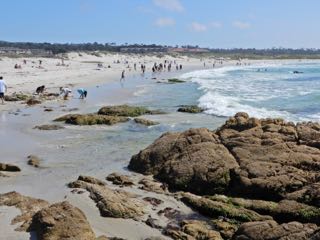
-
| 
-
| 
-
|
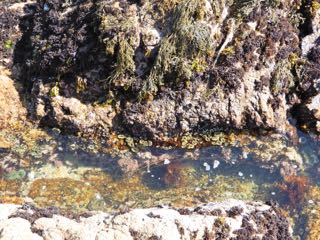
-
| 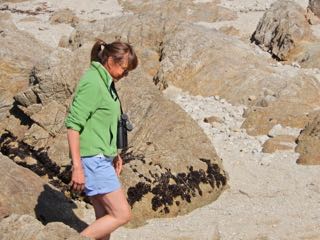
-
| 
The intertidal anemone, Anthopleura elegantissima, reproduces by clonal binary fission,
and the resulting clones compete with other clones for primary attachment space.
|
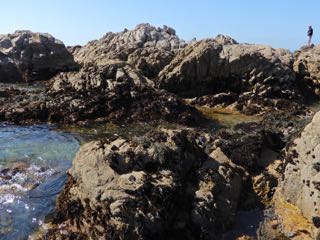
-
| 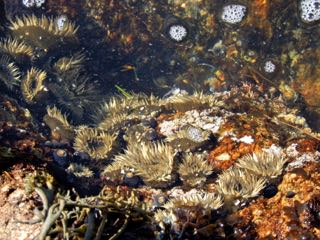
-
| 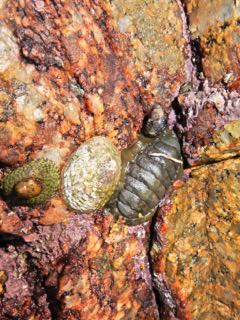
L to R: Lottia sp. B (tentative), L. limatula, and Cyanoplax hartwegii,
with a Littorina (?) scutulata above it.
|
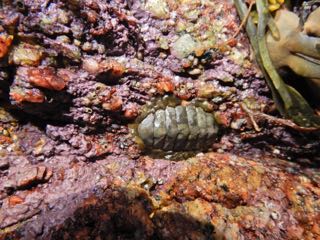
Cyanoplax hartwegii (Hartweg's chiton),
under the rockweed, Silvetia compressa, at Asilomar State Beach, Pacific Grove CA.
This species gets up to over 4 cm length on the Monterey Peninsula, larger than in southern California.
| 
-
| 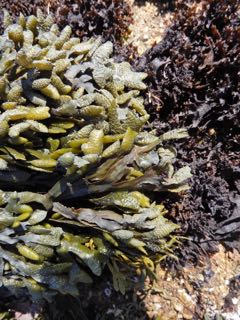
-
|
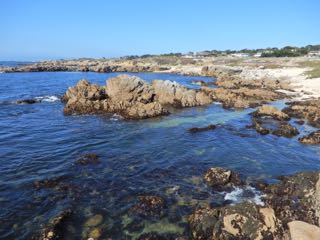
-
| 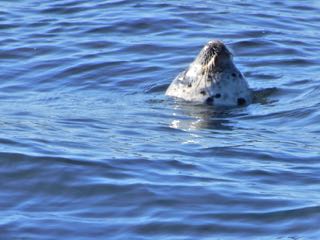
curious harbor seal
| 
-
|
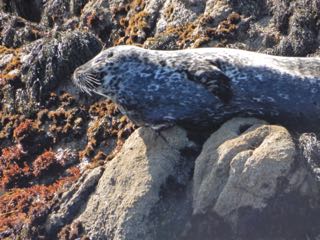
-
| 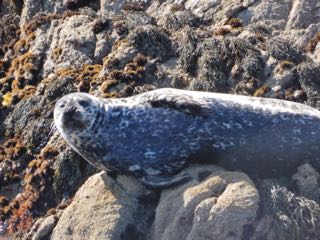
-
| 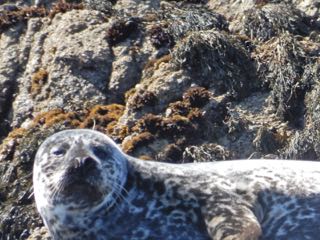
-
|
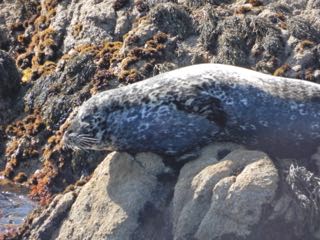
-
| 
-
| 
-
|
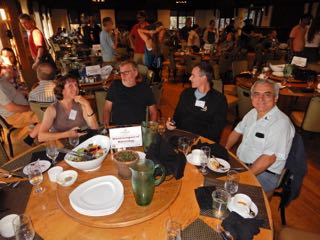
-
| 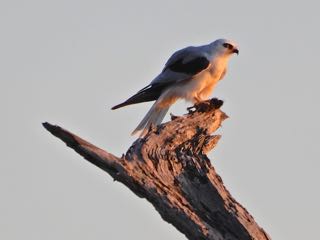
white-tailed kite
| 
-
|

-
| 
-
| 
-
|
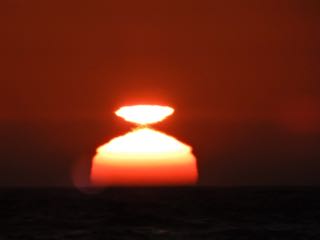
-
| 
-
| 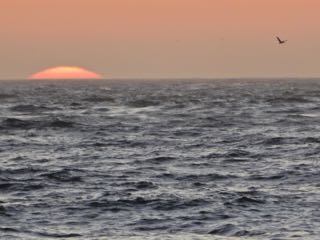
-
|

-
| 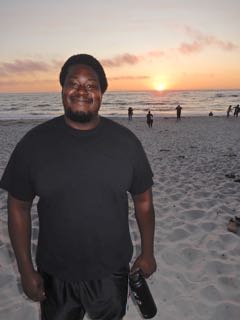
-
| 
-
|
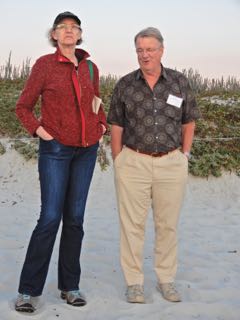
-
| 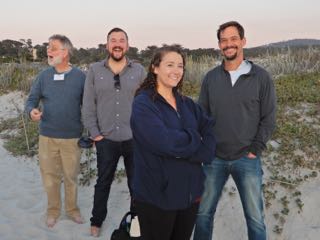
-
| 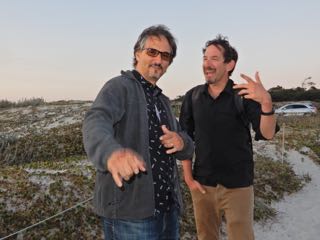
-
|

-
| 
-
| 
-
|

-
| 
-
| 
-
|
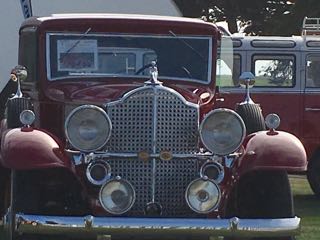
-
| 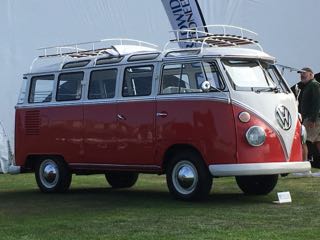
-
| 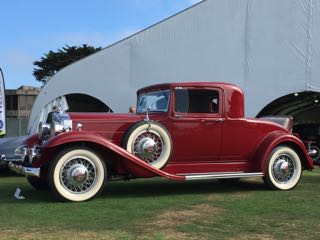
-
|
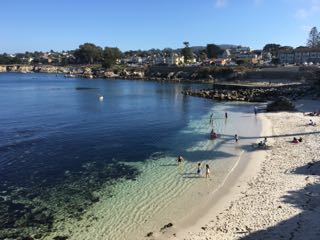
-
| 
-
| 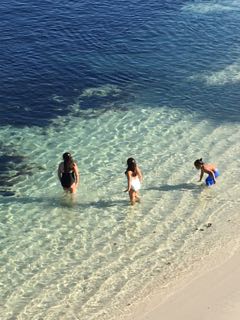
-
|

-
| 
-
| 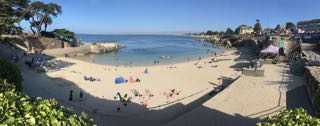
-
|

-
| 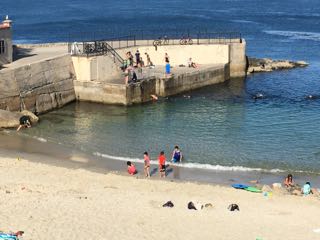
-
| 
-
|
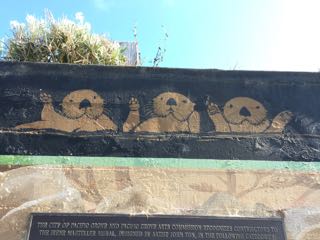
-
| 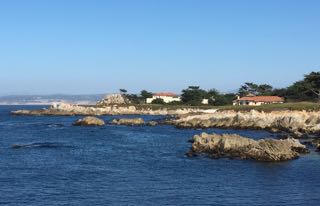
-
| 
-
|
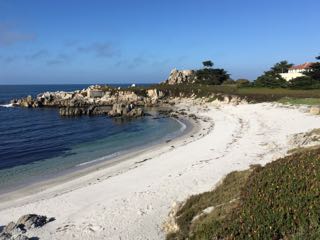
-
| 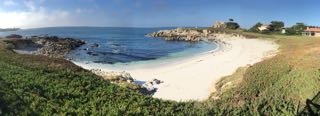
-
| 
-
|
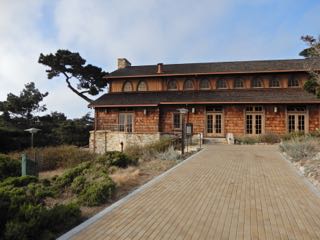
-
| 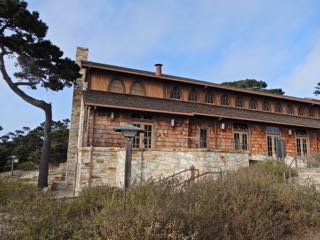
-
| 
-
|
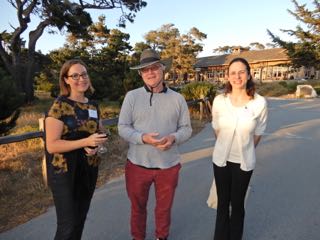
-
| 
-
| 
-
|
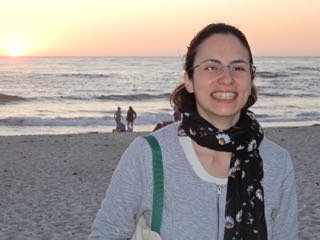
-
| 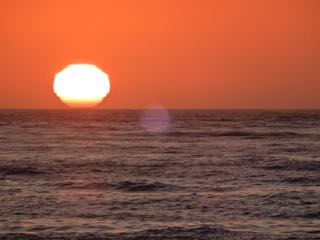
-
| 
-
|

-
| 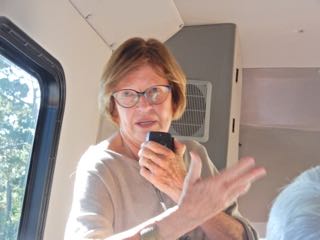
-
| 
-
|
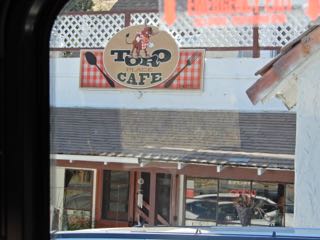
This café was used by John Steinbeck as a model for the filling station in Tortilla Flat,
his first financially successful novel.
| 
-
| 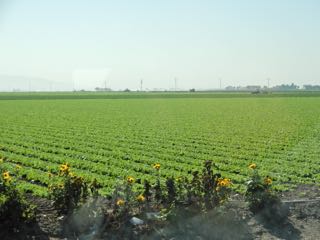
Salinas Valley, where John Steinbeck grew up, has rich soil and enough fog that crops such as lettuce can be
harvested three times within annual growing season.
|
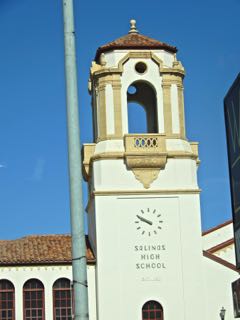
I am not sure why Grapes of Wrath (1939) and Sea of Cortez (1941; co-authored by
Edward Ricketts) are missing here.
| 
John Steinbeck
| 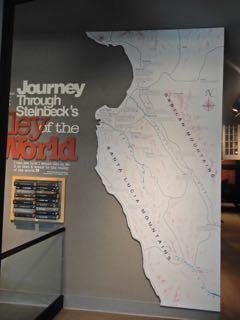
We visited the Steinbeck Center in Salinas.
|

I am not sure why Grapes of Wrath (1939) and Sea of Cortez (1941; co-authored by Edward Ricketts) are missing here.
| 
-
| 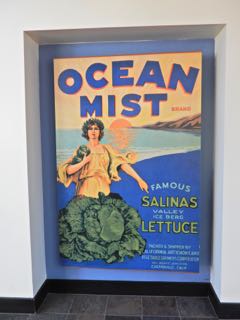
-
|

-
| 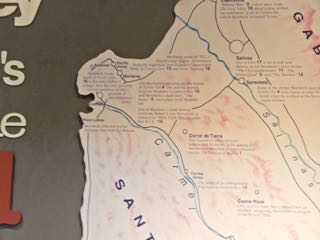
-
| 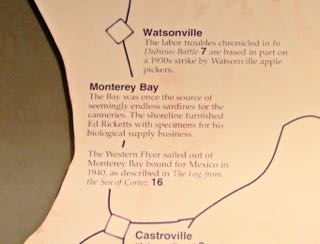
-
|
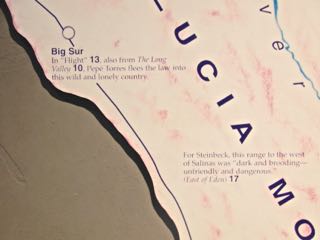
-
| 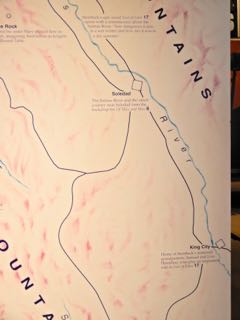
-
| 
-
|

-
| 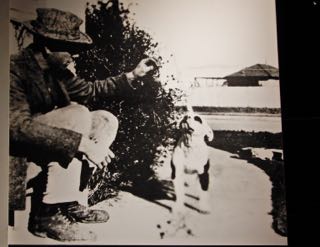
-
| 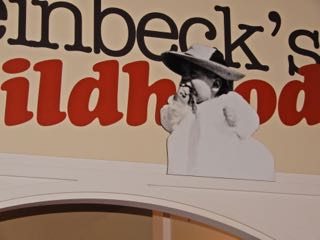
-
|
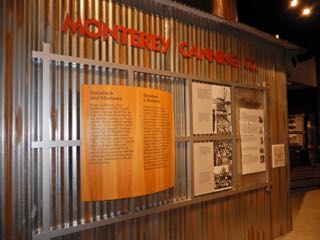
-
| 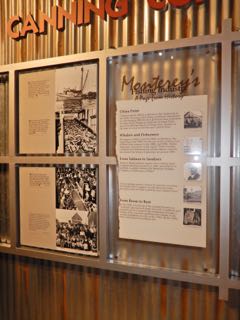
-
| 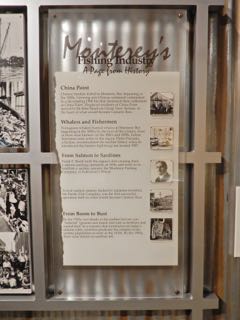
-
|
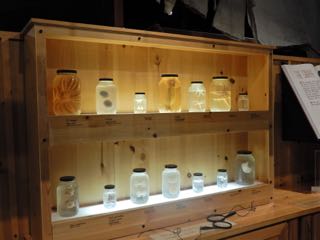
-
| 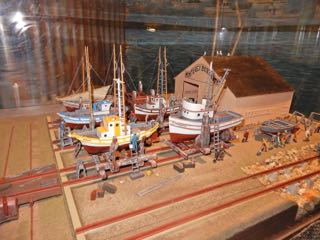
-
| 
-
|
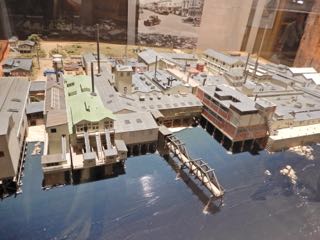
-
| 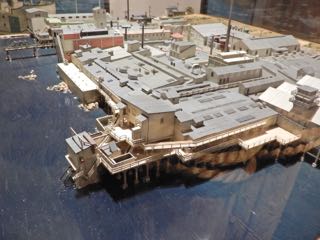
-
| 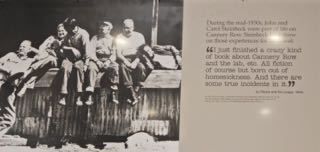
-
|

-
| 
-
| 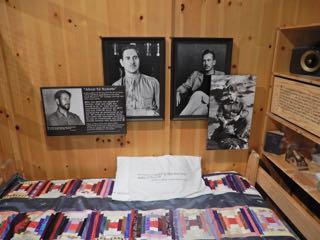
-
|
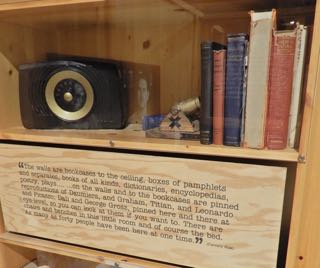
-
| 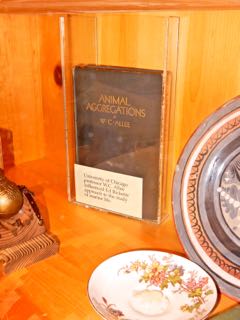
-
| 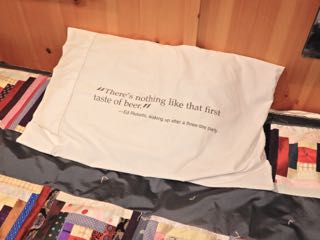
-
|
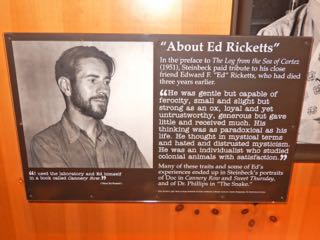
-
| 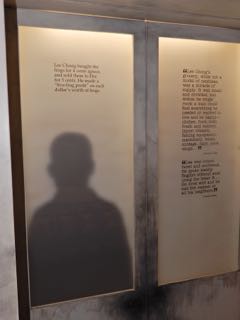
-
| 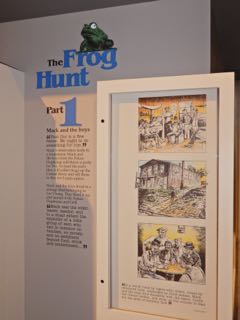
-
|

-
| 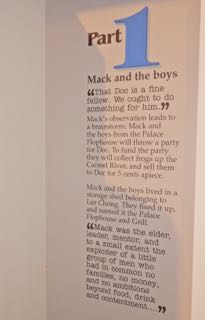
In his successful novel, Cannery Row, the character Doc
was inspired by Steinbeck's best friend, Ed Ricketts.
| 
-
|
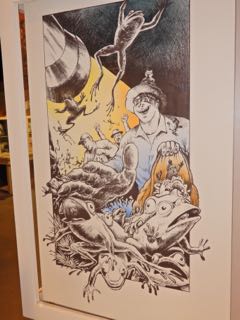
-
| 
-
| 
-
|

-
| 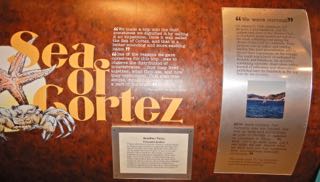
Steinbeck and Ricketts wrote about their 6-week expedition to the Sea of Cortez in their co-authored 1941 book,
Sea of Cortez. Later, in 1952 a few years after Ricketts had died when his car stalled on a Cannery Row train track, the first, Narrative, part of this book was published as the
sLog from the Sea of Cortez" and was misleadingly attributed to only John Steinbeck as the author. Steinbeck did write most of it but he extensively used Ricketts' detailed
journal of their trip, and one of the ("Easter Sunday") chapters in the Narrative was mostly written by Ricketts. Plus, Ricketts was effectively the sole author of their amazing
Scientific Appendix in the last two thirds of their co-authored book.
| 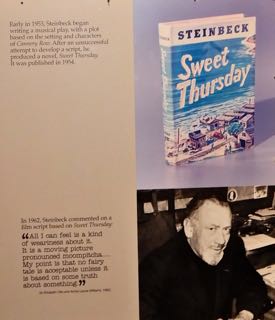
-
|
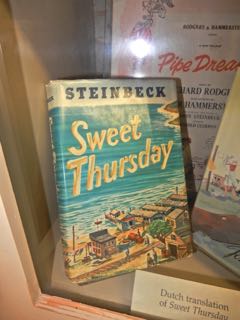
-
| 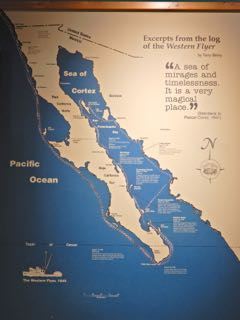
-
| 
-
|

-
| 
-
| 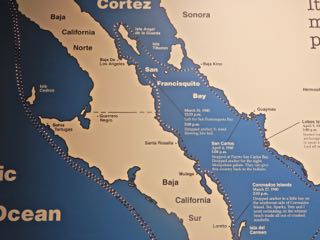
-
|

-
| 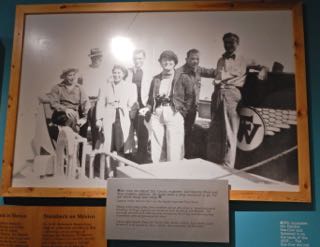
-
| 
-
|

-
| 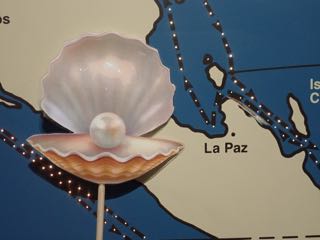
-
| 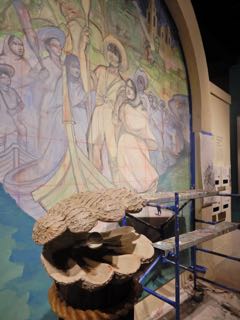
-
|
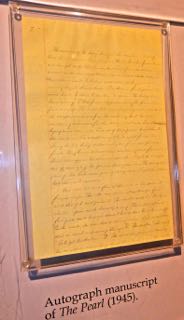
-
| 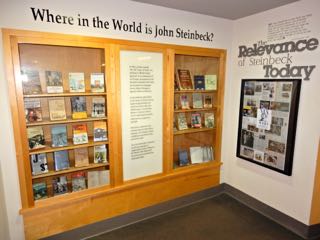
-
| 
-
|

-
| 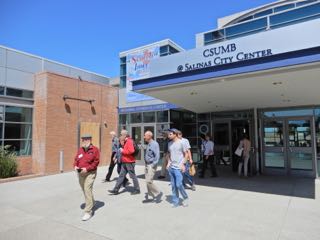
-
| 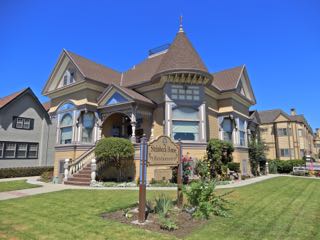
-
|
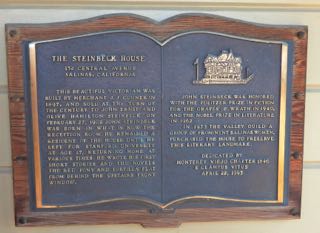
-
| 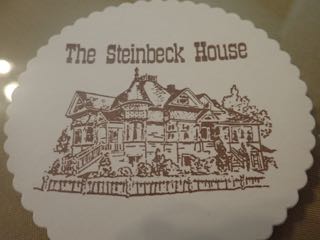
-
| 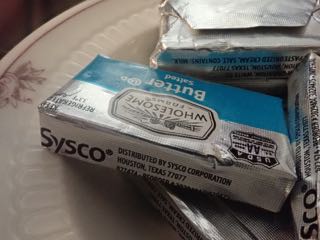
-
|

-
| 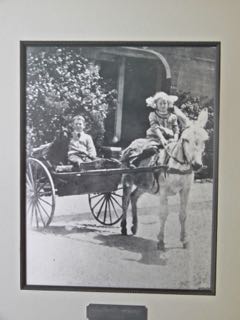
-
| 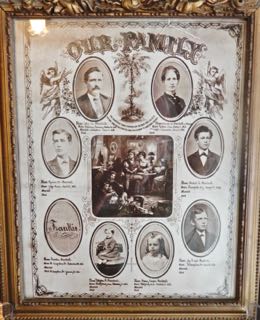
-
|
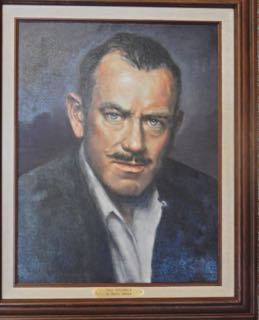
-
| 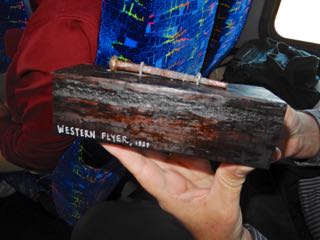
-
| 
-
|
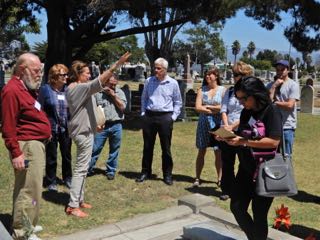
-
| 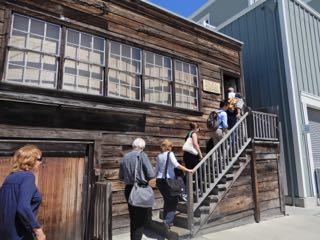
Visiting Ed Ricketts' Pacific Biological Supply building on Cannery Row, Monterey.
| 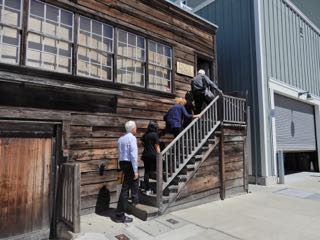
-
|
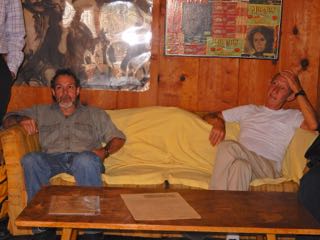
-
| 
-
| 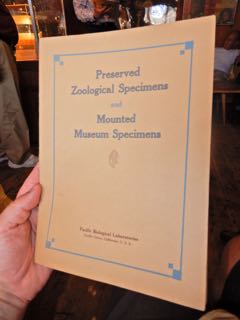
-
|
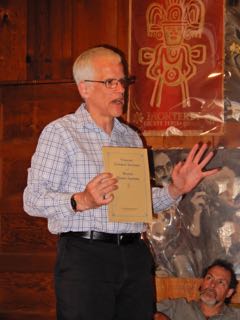
-
| 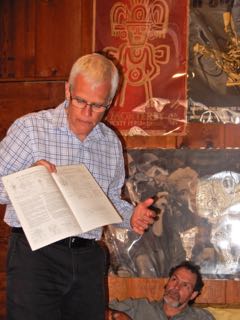
-
| 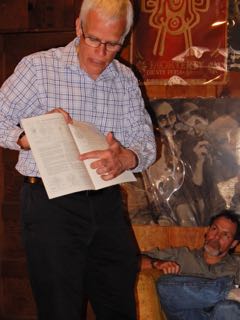
-
|
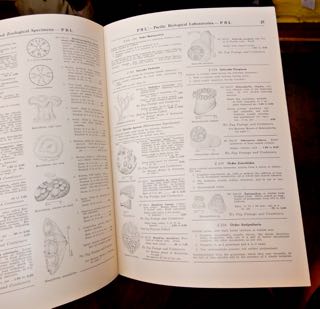
-
| 
-
| 
-
|

-
| 
-
| 
-
|

-
| 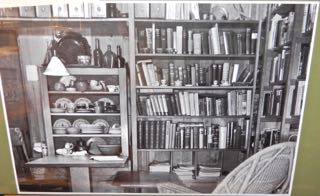
-
| 
-
|
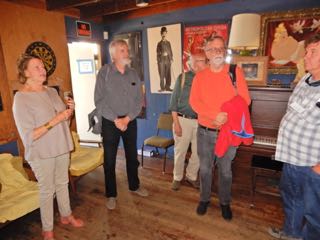
-
| 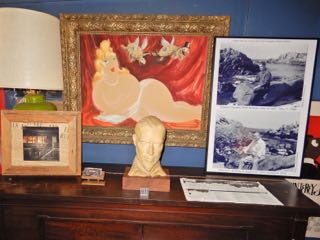
-
| 
-
|
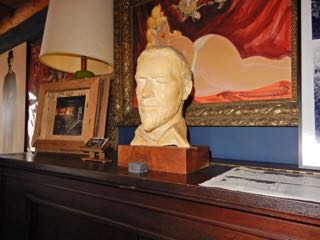
-
| 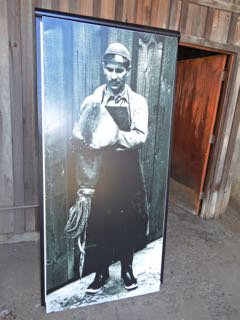
-
| 
-
|

-
| 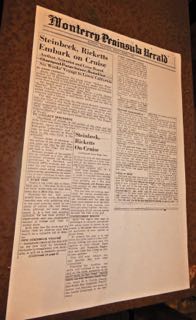
-
| 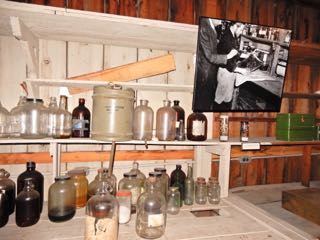
-
|

-
| 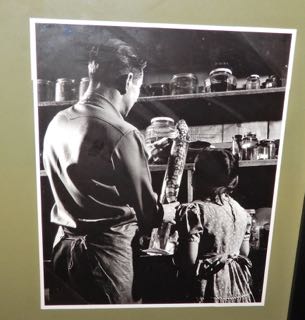
-
| 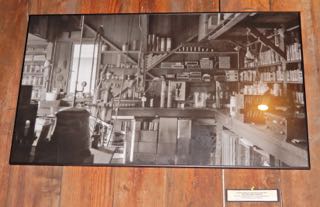
-
|

-
| 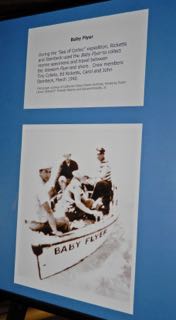
-
| 
-
|
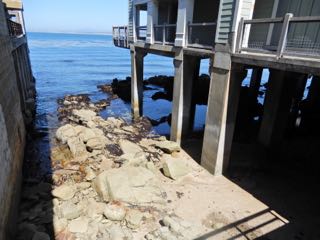
-
| 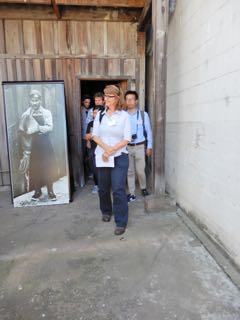
-
| 
-
|

-
| 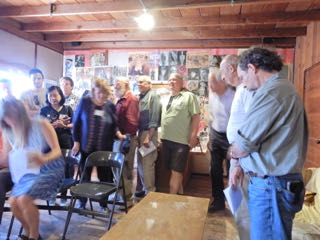
-
| 
-
|

-
| 
-
| 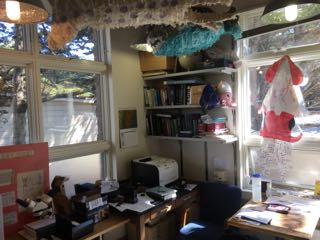
-
|
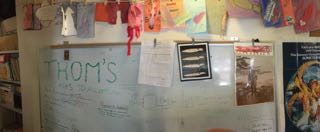
-
| 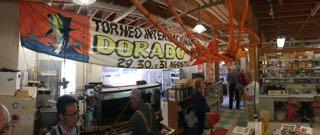
-
| 
-
|

-
| 
-
| 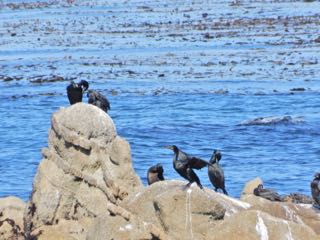
-
|

-
| 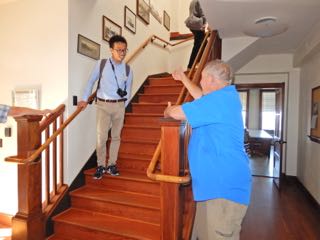
-
| 
-
|
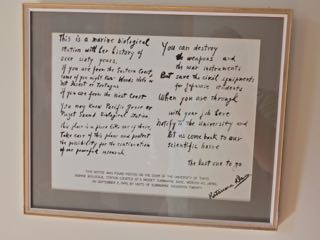
-
| 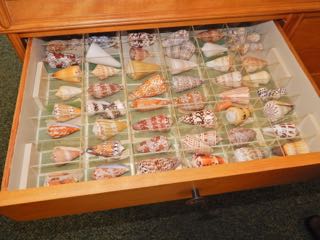
-
| 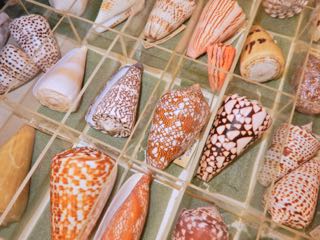
-
|
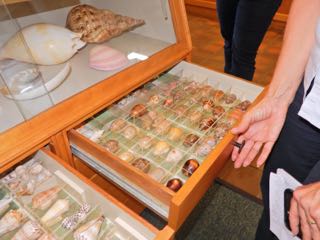
-
| 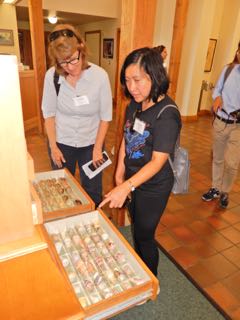
-
| 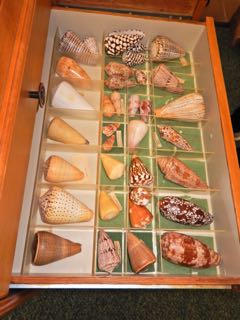
-
|

-
| 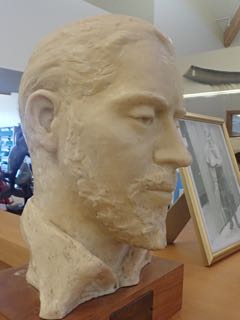
-
| 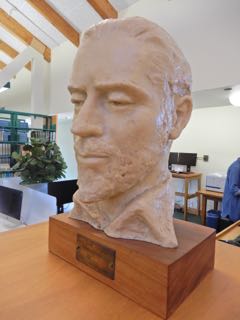
-
|
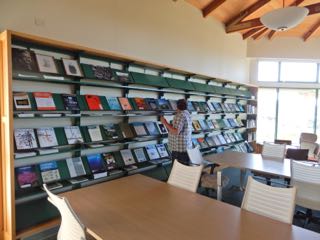
-
| 
-
| 
-
|
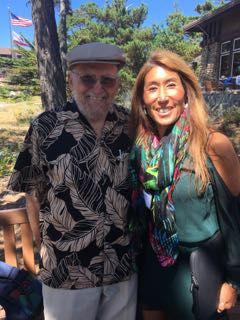
-
| 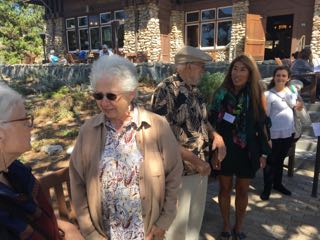
-
| 
-
|

-
| 
-
| 
-
|
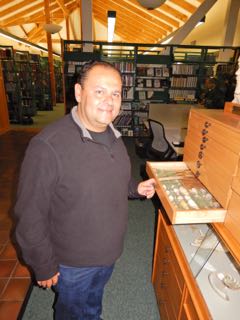
-
| 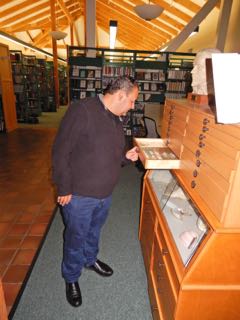
-
| 
-
|
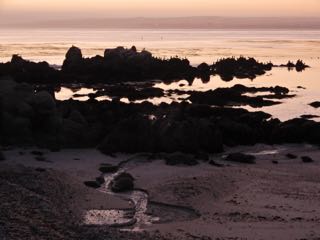
-
| 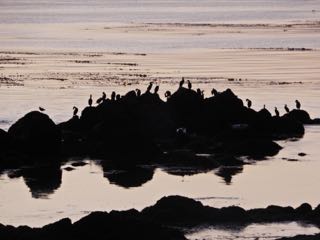
-
| 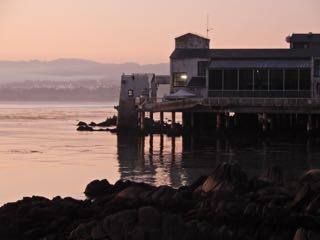
-
|
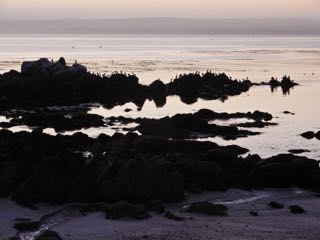
-
| 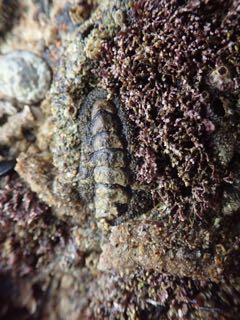
Possibly an undescribed species we call Nuttallina sp. A, similar to N. californica.
| 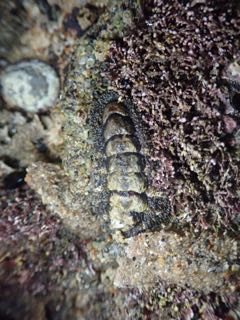
-
|
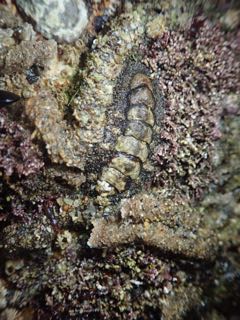
-
| 
Lottia limatula juvenile, about 10mm length
| 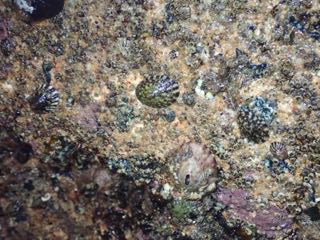
The three largest on top are probably Lottia pelta. There are two Fissurella volcano
(volcano keyhole limpet) below them, with a limpet on one that is possibly L. scabra or an undescribed species, L. sp. B.
Above and below the middle L. pelta are rather cryptic L. scabra. There are some other scattered small limpets, perhaps
L. sp. B or L. paradigitalis.
|
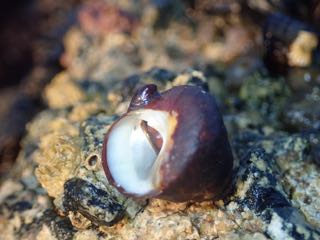
-
| 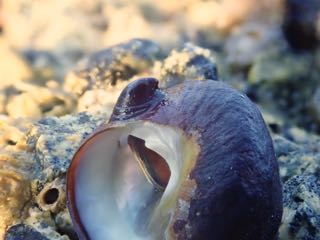
Crepidula adunca living on Tegula brunnea.
| 
-
|

-
| 
-
| 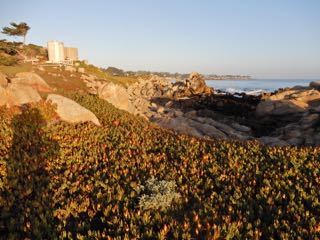
-
|
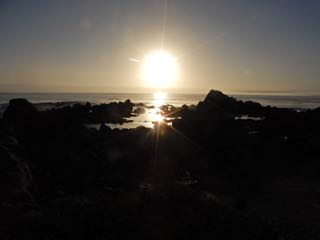
-
| 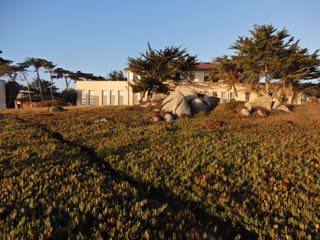
-
| 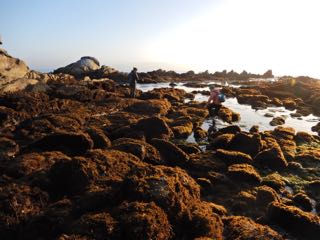
-
|
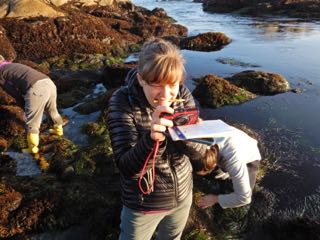
-
| 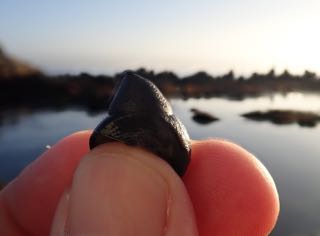
-
| 
Lottia asmi on Tegula funebralis
|
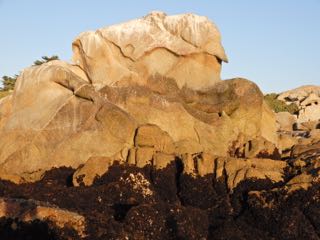
-
| 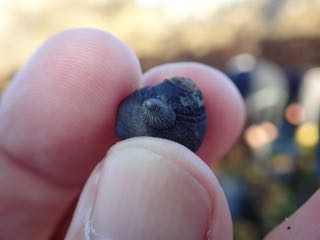
-
| 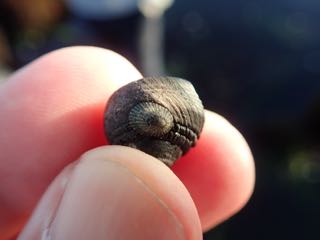
Tentative: Lottia sp. B (Hewson & Eernisse, MS), I am pretty sure, at Hopkins MS --
if so it was fairly common and this is the first record north of Pt. Conception, a substantial range extension.
|
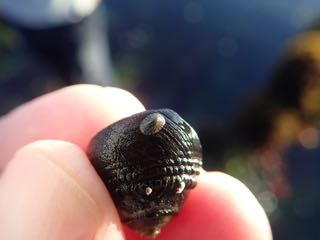
-
| 
Tentative: rock morph of Lottia instabilis (on a Tegula funebralis),
which was formerly known as L. ochracea
| 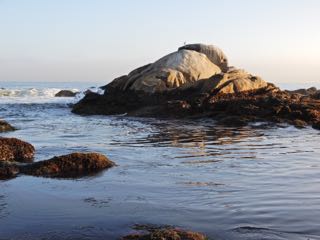
-
|
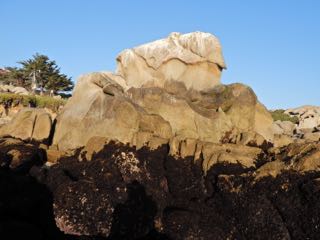
-
| 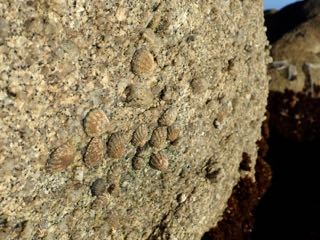
-
| 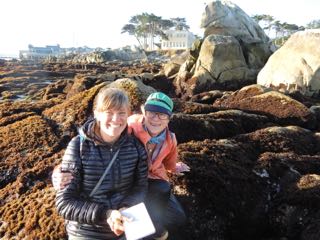
Probably Lottia austrodigitalis, otherwise L. digitalis, in the high zone at
Hopkins Marine Station in Pacific Grove, CA.
|
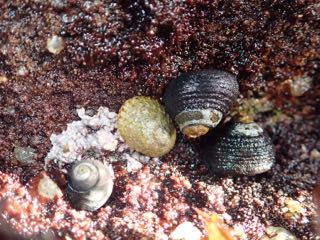
Tegula funebralis and Lottia limatula in the
mid-intertidal of Pacific Grove, CA.
| 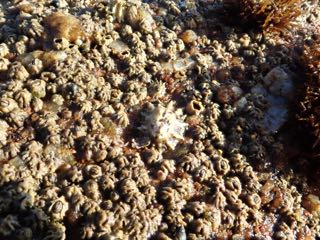
A pair of Lottia scabra limpets among mid-intertidal barnacles. Do you see the smaller one?
| 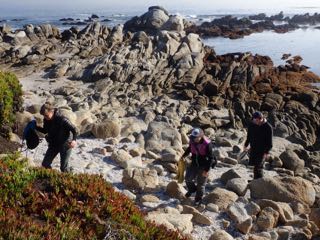
-
|
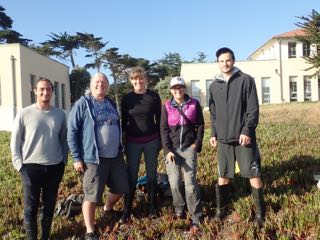
-
| 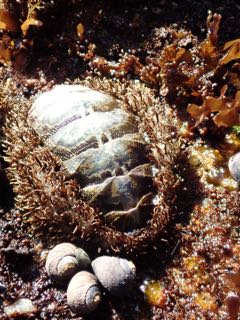
A large Mopalia muscosa (mossy chiton) with Tegula funebralis
(black teguline snail), one of which has a Lottia sp. B (see above).
| 
-
|
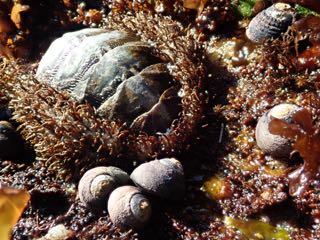
-
| 
-
| 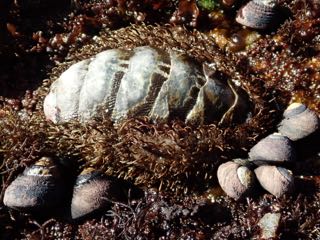
-
|

-
|
 Under Construction!
Under Construction! Under Construction!
Under Construction!